Palmetto Bluff Real Estate Company Sales Office
Office Hours
Monday-Friday 9am - 5pm
Saturday 9am - 4pm
Sunday 12 - 4pm
Saturday 9am - 4pm
Sunday 12 - 4pm
Photography by Diane Dodd.
Its land and Inhabitants played a pivotal role in multiple linchpIns of American history. It was the star of a harrowing and fascinating tale, a 1,000-mile walk. And while its beginnings are traced to the mid-1700s, it was just 26 years ago that publicatIon of a book transformed this 100-acre tract along the banks of the Wilmington River from a local treasure into a global phenomenon.
The inclusion of Bonaventure Cemetery and its infamous sculpture Bird Girl in the John Berendt novel Midnight in the Garden of Good and Evil was the cornerstone of an explosion in the Savannah tourism industry. Nearly three decades later, the haunting real-life story—and the subsequent 1997 Clint Eastwood film—continues to draw fans from around the world to the cemetery.
Tour guide and vice chairman of the Bonaventure Historical Society Don Teuton said that while Midnight is the calling card for the vast majority of his clients, it is but a jumping-off point in the full tale of a cemetery whose name translates in French to “good fortune.”
“The history, the beauty, the setting, the stories, the draw is endless. The place sells itself,” Teuton said. “My parents, grandparents, and great-grandparents were all buried here, so I have been coming here since I was a boy. But it’s not a task; it’s a privilege to be here. This is an outdoor museum— a living, breathing history lesson. People walk away with a whole new appreciation for life, and that’s a shock to most of the folks who know this place only for death.”
Since Bonaventure’s beginning in 1763, the land has changed ownership among some of the more famous families in Savannah history, the Tattnalls and Habershams, before it was bought in 1846 by hotelier Peter Wiltberger, owner of the famed Pulaski House. Wiltberger was the first to truly focus on the land as interment grounds for the wealthiest of the wealthy.
“He started the Evergreen Cemetery Company and marketed 70 acres as the swankiest of resting places, full of gorgeous sculptures and stunning landscapes. But he never saw a profit, as his wife died and was buried there in 1849, followed by Peter in 1853. His son took over the land, but they both missed a very important fact,” Teuton said. “While the 3-mile trek from the heart of Savannah to Bonaventure seems like nothing today, the journey in a horse-drawn hearse was far from easy. He didn’t make any real money off the cemetery until the invention of the car in the early 1900s.”
The Wiltberger family sold Evergreen Cemetery to the City of Savannah in 1909, at which time it was renamed Bonaventure.
Wiltberger was smart enough to understand a transformation in cemetery symbolism that began during the Victorian era. Before Victorian times, the imagery on display in cemeteries was largely centered on death and the darkness surrounding the dead. Thus, markers on graves had always been far more macabre, meant to scare people into living their best life or suffer a visit from the Grim Reaper.
During the Victorian era, death was rampant, but folks began to see cemeteries as more of a celebration of life, a place where the dead could rest in peace and the living could visit their dearly departed. It was during this time that cemeteries became seen more as parks, and the markers became honors.
And what better setting than Bonaventure, filled with Spanish moss, azaleas, camellias, and an assortment of wildlife?
“They are the most magnificent planted trees I have ever seen, about 50 feet high and perhaps 3 or 4 feet in diameter, with broad spreading leafy heads,” famed naturalist and traveler John Muir said of the live oaks in his epic A Thousand-Mile Walk to the Gulf. “Bonaventure to me is one of the most impressive assemblages of animal and plant creatures I ever met.”
Artists had always admired the beauty of the land, but as the cemetery evolved into an outdoor museum, a one-upmanship of sculptured tributes began in earnest in the 1850s.
Some of the more well-known plots include those of beloved Savannah lyricist Johnny Mercer, Pulitzer Prize-winning poet Conrad Potter Aiken (whose gravestone was fashioned as a bench to invite others to enjoy Bonaventure’s beauty with him), famed philanthropist Mary Telfair, Confederate Army leader Alexander Robert Lawton, and 6-year-old Gracie Watson.
Teuton, who runs the popular Bonaventure Don walking tour, said that while every gravesite tells a fascinating story—far too plentiful to fit into his two-and-a-half-hour tour—one of his favorite historic nuggets is the resting spot of Henry Rootes Jackson.
“Henry claims to have performed the first act of war for the Confederacy,” Teuton said. “Fort Pulaski was held by the Union until January 1861. Everyone knew that to take Savannah, you had to control the fort. In the final week of 1860, Jackson got in a rowboat and paddled his way to the fort. He camped there for four days and reported back on the thin Union presence and their daily routines to Brigadier General Lawton. The Confederate Army proceeded to take Pulaski the first week of 1861 with no shots fired, thanks to Jackson.”
While the Jackson tale is one of his favorite little-known stories, Teuton concedes that 90 percent of the tour crowd has read Midnight and is there to be adjacent to the story.
“The Bird Girl sculpture that was on the cover of Berendt’s book and at the center of the marketing of the movie, it became so popular that it was actually moved to the Telfair Museum in Savannah to preserve it. Fans would try to chip off little pieces of the base for souvenirs,” Teuton said.
“The book, it has exposed so many more people to the beauty of Bonaventure. It’s made it the third-most-visited tourist spot in Savannah, so as twisted as the tale is, Midnight has made this place the star it deserves to be.”
The society works to preserve the history of Bonaventure while ensuring its beauty endures. The site was hit especially hard during Hurricane Matthew in 2016. The cemetery was closed for five weeks as workers cleared 150 centuries-old trees toppled by the hurricane. Society volunteers have replanted more than 100 trees over the past year.
The COVID-19 pandemic ground much of the foot traffic and tours at Bonaventure to a halt, but Teuton said visitors are slowly returning.
“It’s a place that you can’t resist,” he said. “The serenity, the beauty, the honoring of so many lives, it’s just something folks don’t forget. We give tours on foot, by bus, by golf cart, Segway . . . folks are always finding new and creative ways to enjoy Bonaventure. We know that once you see this place once, you’ll be back time and again.”
%GALLERY%
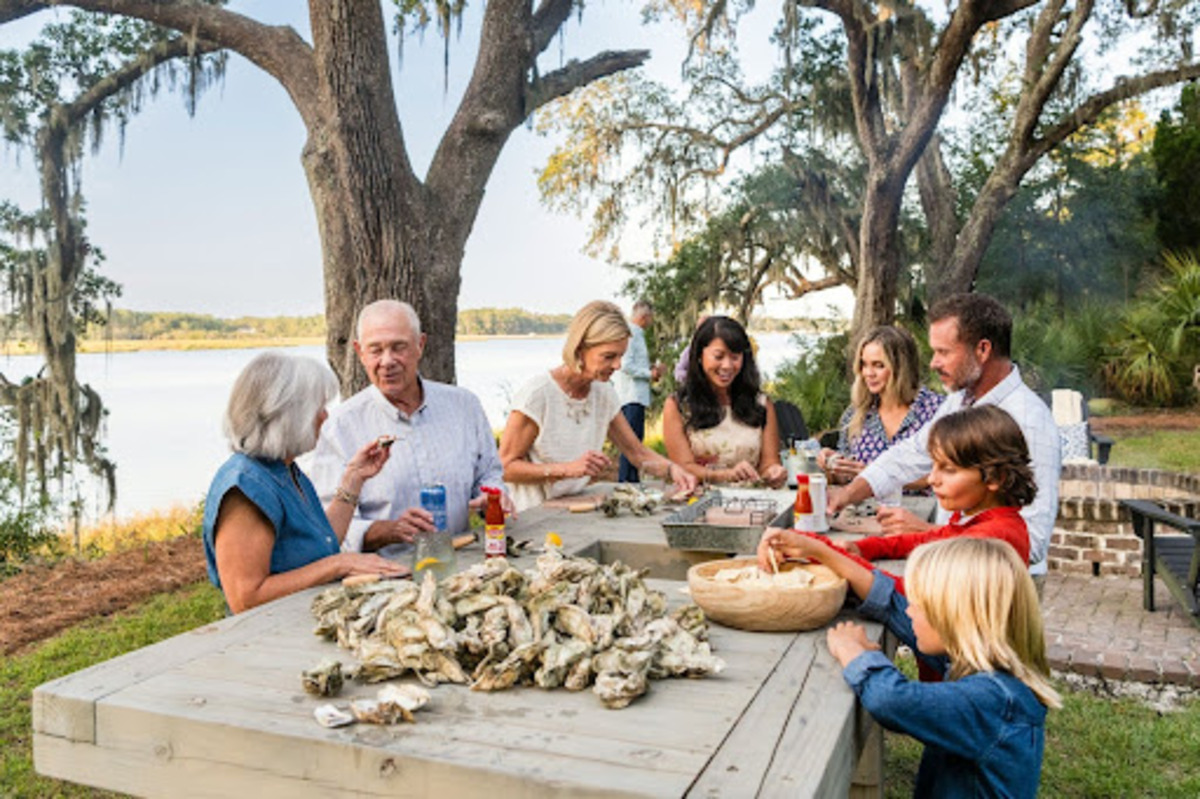
Best Things to Eat in South Carolina’s Lowcountry When it comes to Southern cuisine, no place captures the heart (and appetite) quite like the South Carolina Lowcountry. Rooted in history and layered with coastal influence, this region serves up a culinary id...
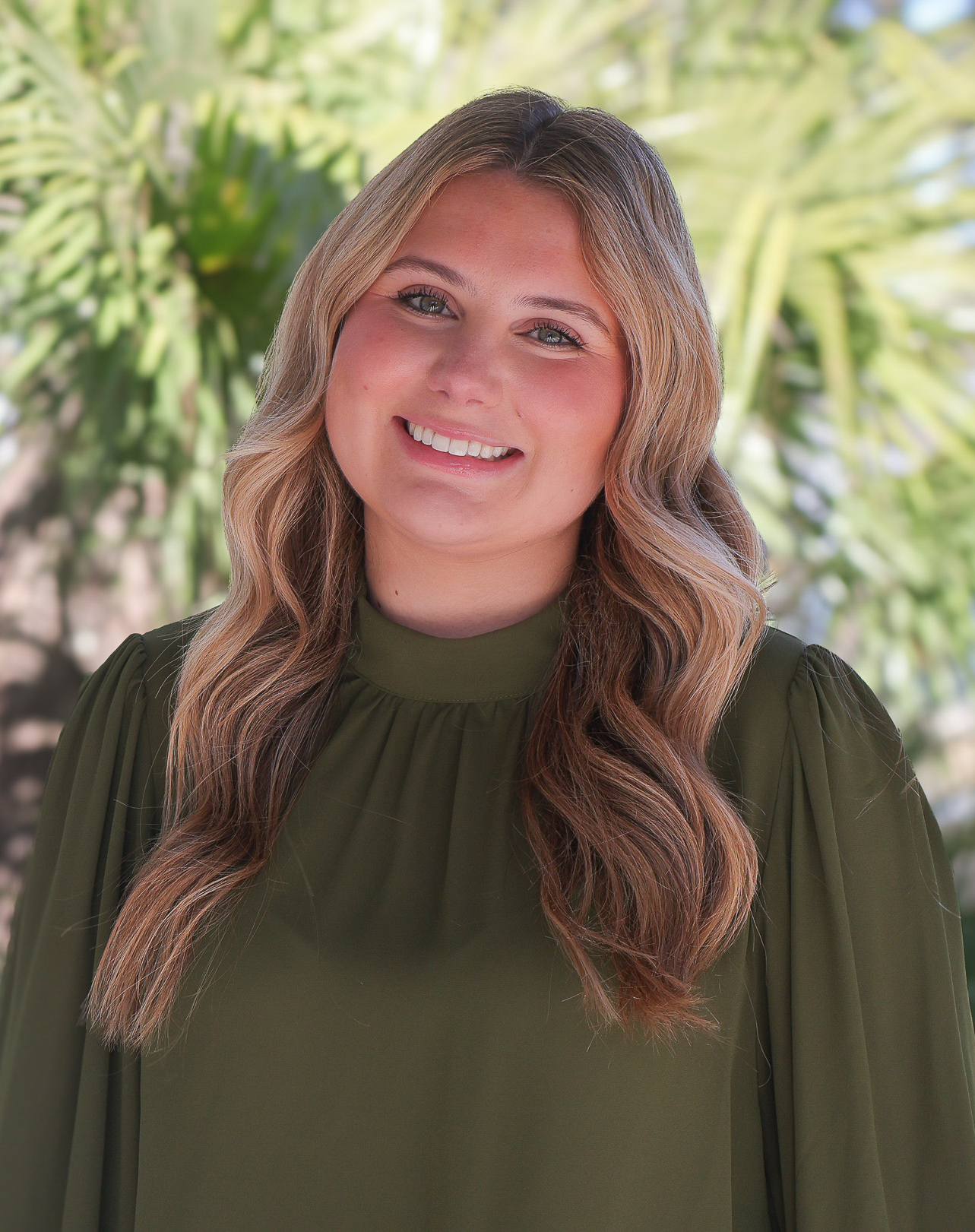
Marissa’s Journey to Palmetto Bluff At Palmetto Bluff, hospitality goes beyond service; it’s a way of life. For Members and visitors alike, there’s a quiet charm to the place that draws you in, makes you feel at ease, and leaves a lasting impression. Few peop...
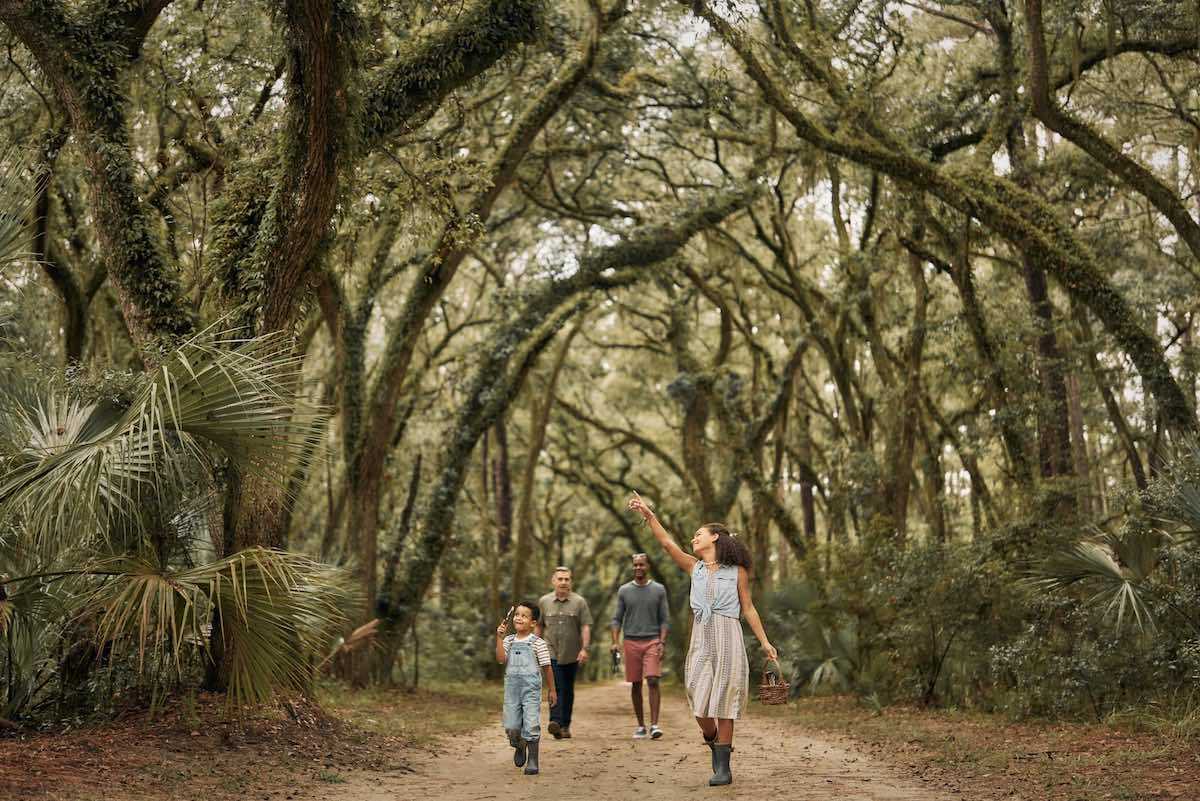
Top 7 Palmetto Bluff Nature Trails Do you ever get the feeling of wanting to escape and wander into a serene paradise? The nature trails at Palmetto Bluff afford opportunities to roam and admire the vastness of the Bluff’s 20,000 acres. Throughout the communi...

Palmetto Bluff’s Moreland Village feels a world away from the more traditional architecture of the iconi...

We are thrilled to introduce the inaugural winners of the Inspiring the Arts Scholarship—three extraordinary young women pursuing their artistic dreams through higher education! Katherine Donahue has been named our first official scholarship recipient, with Em...
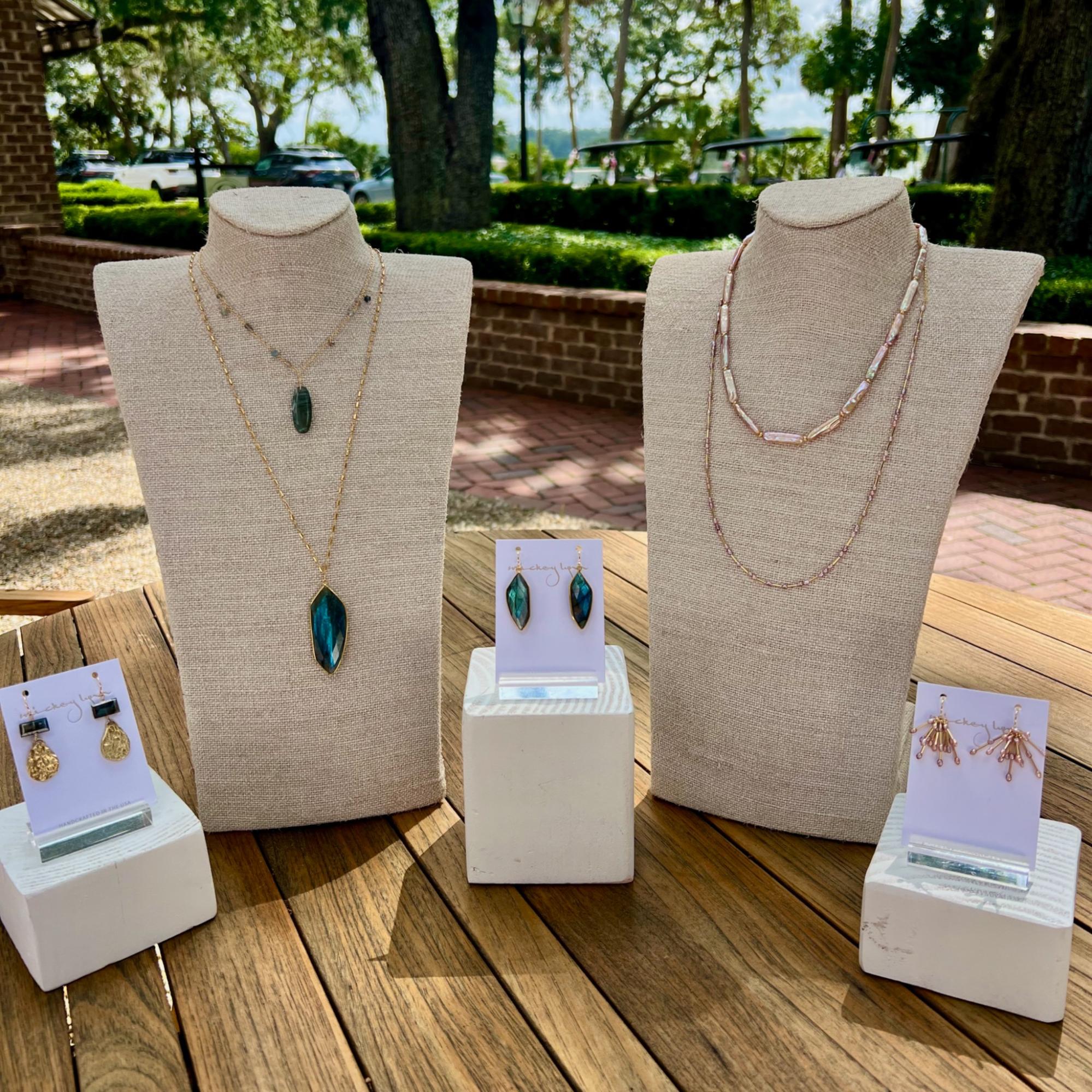
From handmade jewelry to performance wear, the latest arrivals at Palmetto Bluff’s retail spots capture the season in true Lowcountry style. This summer, the Bluff’s shops are full of fresh finds, carefully chosen by our trusted retailers—including FLOW Galler...
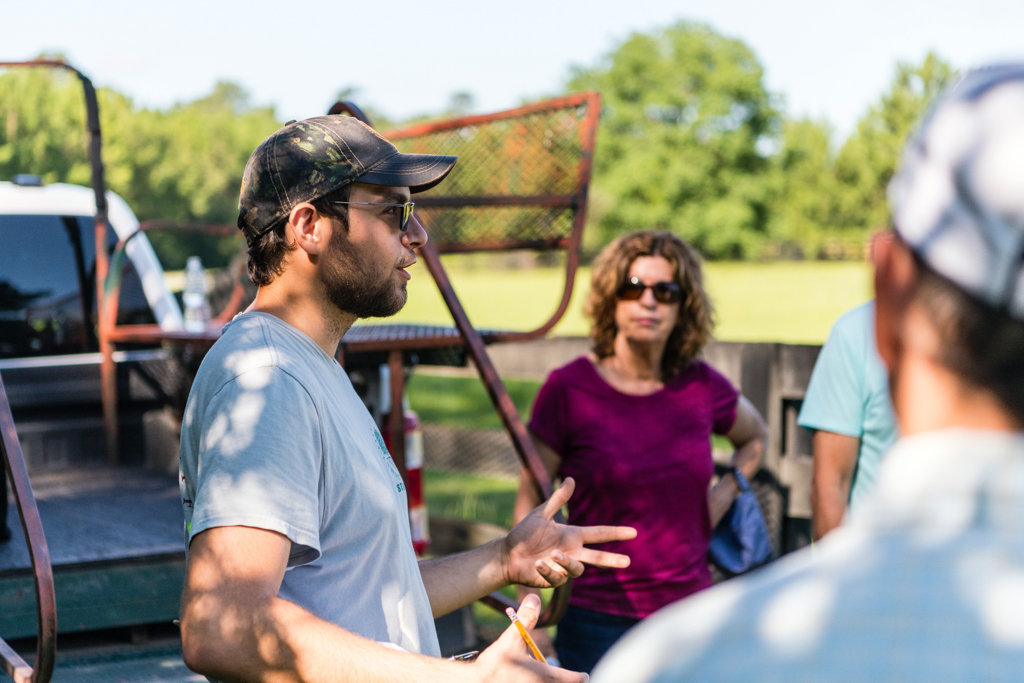
Citizen Science is Thriving at Palmetto BluffDid you know that residents of Palmetto Bluff are playing a vital role in national and global conservation efforts—all from their backyard?Through the Palmetto Bluff Conservancy’s growing Citizen Science programs, c...
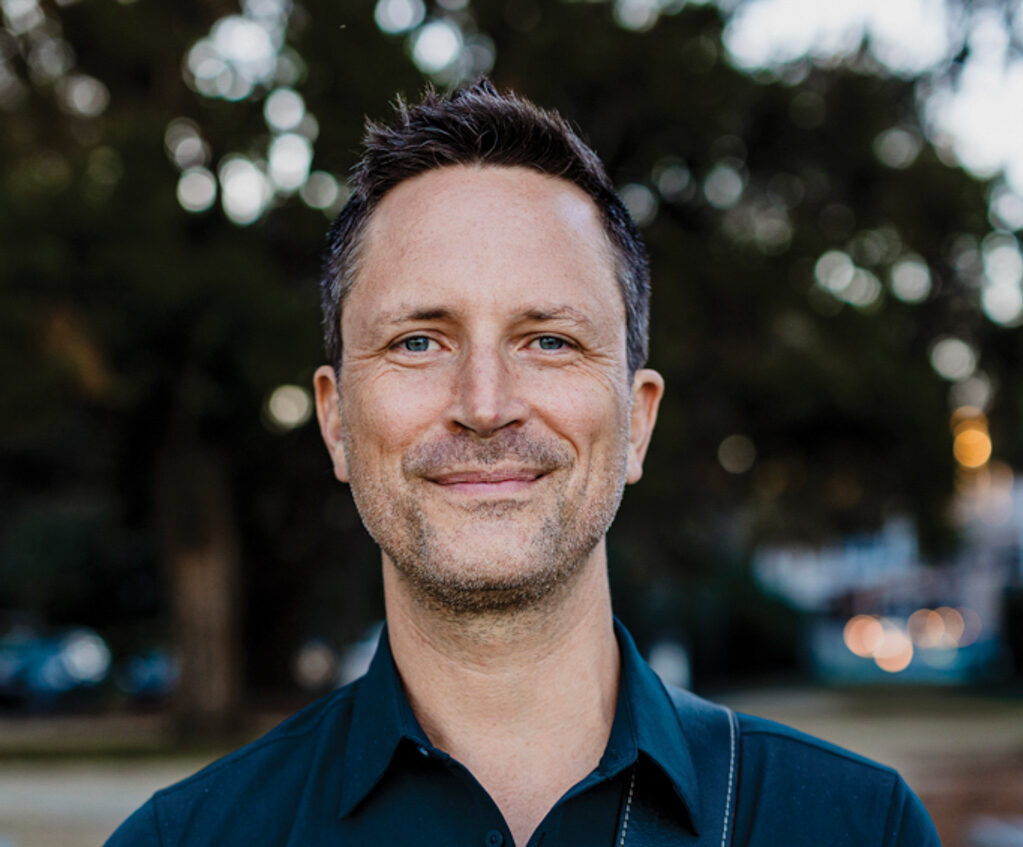
In October 2024, Grammy Award-winning musician Clay Ross visited Palmetto Bluff as part of The Arts Initiative's Artist in Residence Program. Through storytelling and song, he explores identity, heritage, and the universal language of sound. By Barry Kaufman ...
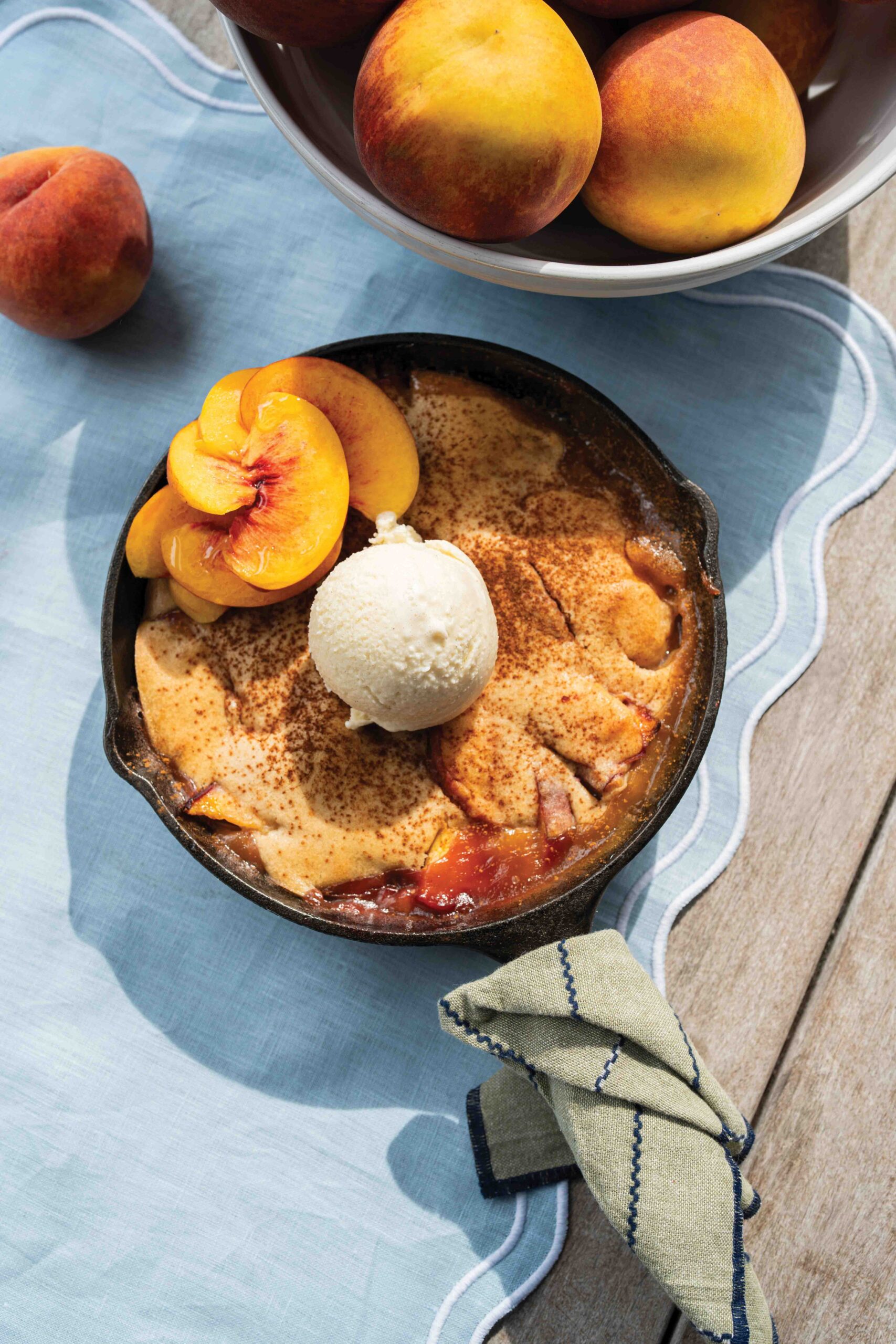
Palmetto Bluff Club Executive Chef Beth Cosgrove and Director of Culinary, Chef Rhy Waddington, Cook Up Four Peachy Recipes for a Summer in the South. Is there anything more iconic than a southern peach? A symbol of summer and Southern heritage, the peach car...
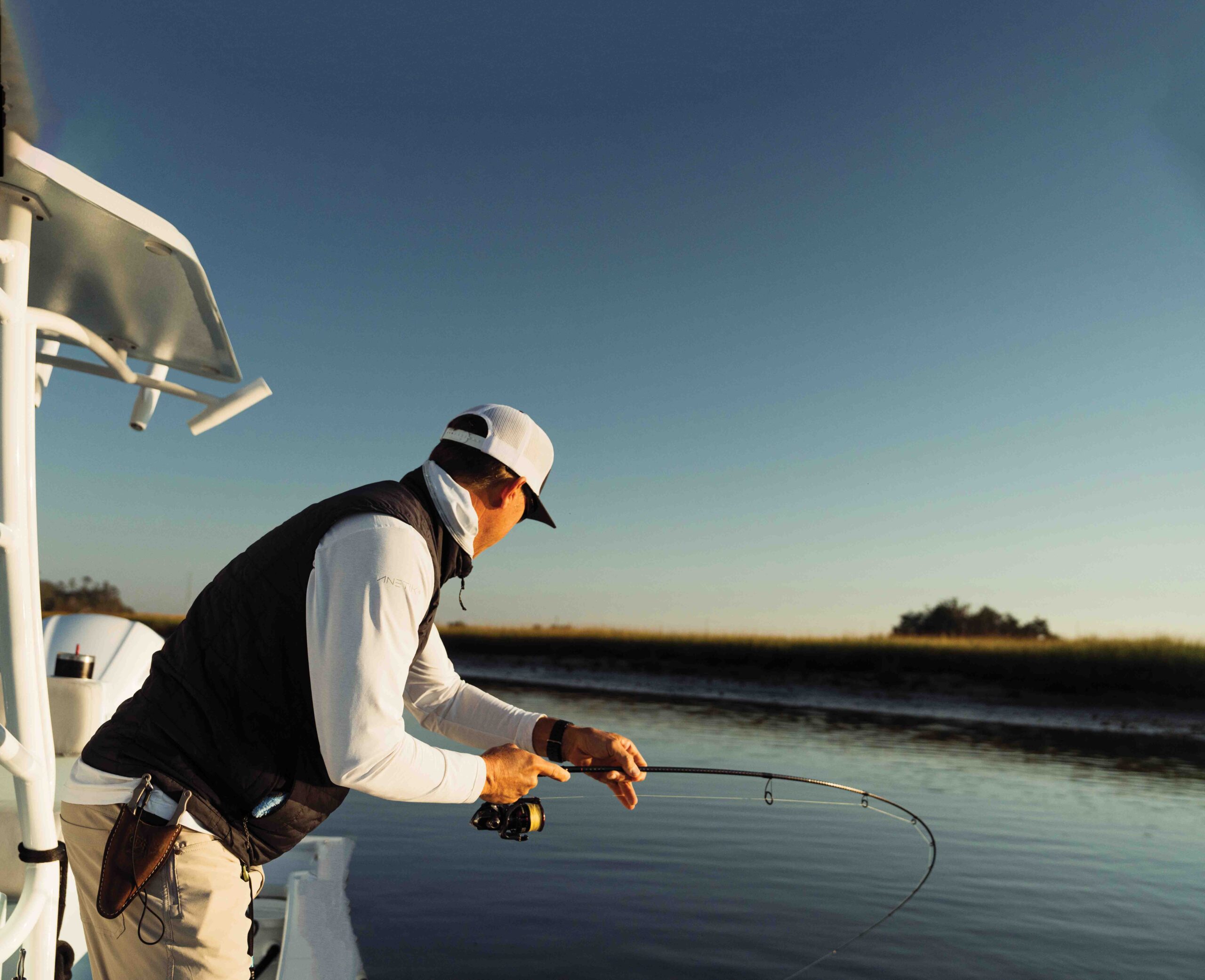
Following the tides and angling for redfish in Lowcountry creeks and estuaries with Captains Brian Vaughn and Will Stephens Story by Sandy Lang It is a sunny morning in October and the water is calm and glassy. The silence is punctuated by a gush of breath f...
Learn about the Palmetto Bluff Conservancy and how we keep the vision of our land in place.
On land or water, there is an ever-evolving variety of activities.
We do not attempt to independently verify the currency, completeness, accuracy or authenticity of the data contained herein. All area measurements and calculations are approximate and should be independently verified. Data may be subject to transcription and transmission errors. Accordingly, the data is provided on an “as is” “as available” basis only and may not reflect all real estate activity in the market”. © [2023] REsides, Inc. All rights reserved. Certain information contained herein is derived from information, which is the licensed property of, and copyrighted by, REsides, Inc.